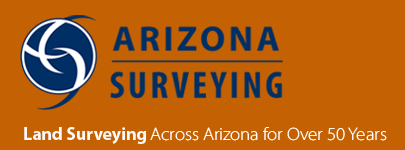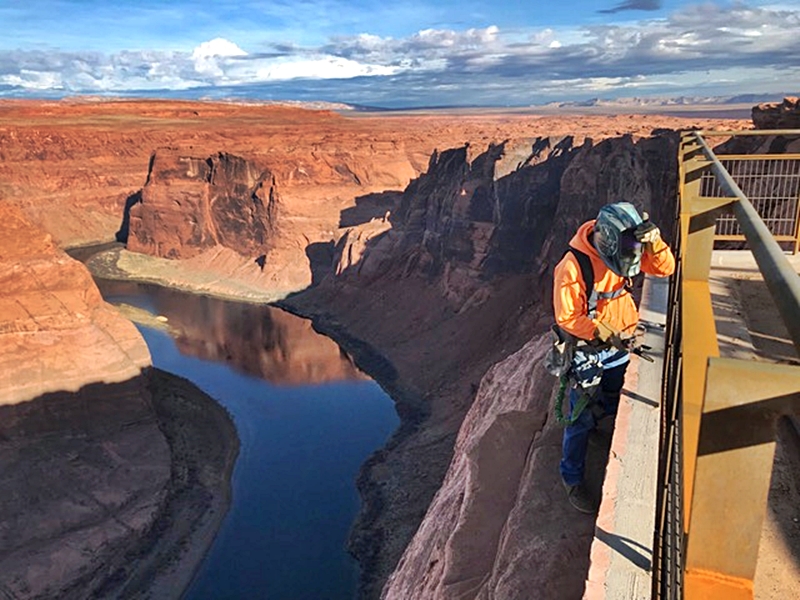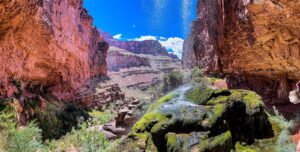Located near the town of Page, Arizona and five miles downstream from Glen Canyon Dam and Lake Powell, the Colorado River’s Horseshoe Bend is one of the most iconic and photographed natural landmarks in the western United States if not the world.
Horseshoe Bend, part of Glen Canyon National Recreation Area, is a horseshoe-shaped, incised meander of the Colorado River. A popular viewpoint for the river bend, it’s open to the public and accessible by hiking a 1.5-mile trail (round trip) from U.S. Route 89 and also from a road and parking area. The viewpoint sits on the edge of a steep cliff which is 1000 feet above the river with the first drop being 600 feet to a rocky ledge below. Yikes! Watch your step.
The viewpoint is a favorite stop for travelers touring the geological wonders of northern Arizona and southeastern Utah. Tour buses, families, students, photographers and sight-seers from all over the world stop to take pictures and soak in the grandeur of the Colorado River winding its way through towering rock formations.

The tourist-like atmosphere of the viewpoint however contrasts its rugged, undeveloped and in some ways hazardous nature. Since it first became popular to sight-seers, more than a few unsuspecting visitors have ventured too close to the cliff edge and accidentally fallen to their death. The risks have been amplified in the age of smartphones and selfies when amateur photographers become distracted trying to capture the perfect moment to share on their favorite Social Media platform.
Having long recognized the risks of a popular viewpoint combined with steep cliff faces, the National Park Service initiated an improvement project to fund and build a safety rail along with other improvements to the site such a new trail and shade ramadas. Arizona Surveying was contracted to provide Land Surveying services for the project, specifically to precisely locate bolts for the safety rail so their positions could be reproduced in a shop for fabrication.
The construction began with the installation of a concrete foundation and stem wall with exposed vertical bolts for the safety rail to be anchored to. The safety rail would be designed and fabricated based on the locations of the bolts so they needed to be surveyed. This was a crucial step. Any error in our survey work would mean the yet-to-be-built safety rail would not fit the already constructed foundation and bolts.
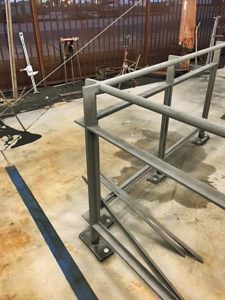
This meant doing something unusual—surveying the bolt locations twice. In order to ensure repeatable locations at a very low error tolerance, the best approach was to simply measure each bolt twice using two separate control points which we did. Any error would be discovered if the two separate measurements didn’t precisely match. The results of this procedure were that no errors were discovered giving us confidence to proceed to the next step—laying out the bolt locations for fabrication.
The next phase of the project took us to the fabrication shop of Lil’ Red Wagon Services, Inc in Buckeye, Arizona. Owner Ty and his brother Todd would be responsible for fabricating and welding the already designed steel safety rail. To do this they needed a map so to speak of the bolt locations we already surveyed. Turns out the best way to do that was to layout the bolt locations directly on the shop’s concrete floor. We did so by using our surveying instrument and making black “x” marks with a Sharpie pen.
With the bolt locations recreated the work began. Ty, Todd and their crew used our marks to layout and complete the rail system which was then transported to Horseshoe Bend and installed. There were a few anxious moments as the fit had yet to be tested but everything snapped together perfectly demonstrating the high quality surveying and fabrication work of the team.
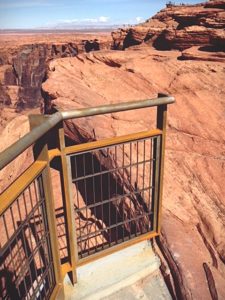
It was fun to lend our surveying/measurement expertise to this project which was a job well done by all parties involved. The constructed viewing platform and railing system will greatly increase visitor safety at the rim for families while also meeting accessibility standards. Construction was a community effort funded by visitor entrance fees to Glen Canyon National Recreation Area, the City of Page, Arizona Parks and Trails, Coconino County, and Lake Powell Resorts and Marinas Guest Donation Program in collaboration with the Glen Canyon Natural History Association. Next time you’re in the area check out the view and the new safety rail.
